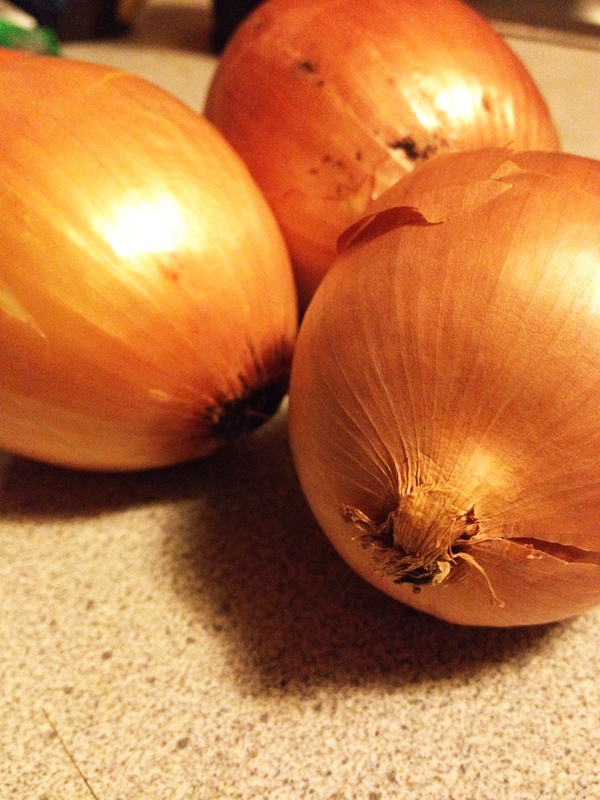The popularity and ease of growing vegetables in raised beds has convinced many new green thumbs to get out there and try to grow some veggies.
Raised beds are a favorite among gardeners for many reasons. For starters, the soil can be catered to your needs, as you will be filling your beds rather than using what's already available. The soil in these beds is never stepped on, which means it never becomes compacted. This allows it to drain excess water out quickly. The soil in these beds also warms more quickly in the spring, giving you a longer growing season.
Raised beds are wonderful for growing almost anything, but there are some real stars that rise above the rest. Let's take a look at the five best vegetables for raised beds.

1. Root vegetables
Root vegetables are perfect for raised beds. Carrots, beets, radishes and parsnips flourish in the loose, rock-free soil where they have space to spread out. When you’re growing plants for their roots, it’s important to have complete control over the soil. Raised beds can be filled with the perfect soil to suit your needs; free of rocks, clay and debris that could hinder the growth of roots or cause misshapen veggies.

2. Leafy greens
Greens such as lettuce, spinach and kale perform marvelously in raised beds. These cool weather crops need to be planted just as soon as you can get a trowel into your soil. The fact that soil in raised beds warms more quickly than the ground means you can get started earlier with these crops and get several great harvests before summer hits. Another reason that leafy greens are perfect for raised beds is they despise soggy roots. The quick draining soil in your beds means your lovely lettuces will never have to stand in the water for too long.

3. Onions
There are three reasons that onions are the perfect vegetable to grow in raised beds. They love quick draining soil, they need plenty of organic matter, and they require a long growing season. By nature, the soil in raised beds can be catered to your needs, so if you know you’ll be planting onions in the bed, you can be sure to incorporate plenty of compost. Onions grown from seeds can take over 100 days to reach maturity. If you live anywhere with four seasons, you'll want to give these babies the longest time in the garden you can manage. The soil in a raised bed warms up much more quickly than the ground, so you can plant earlier, giving your onions a headstart.

4. Tomatoes
Tomatoes are heavy feeders that need nutrient-dense soil to thrive. With a raised bed you can easily customize your soil to your needs, adding in extra compost as you fill the beds. The only downside to growing tomatoes in raised beds is it's harder for tomato cages and stakes to stand up in the loose soil.

5. Potatoes
Potatoes not only grow well in a raised bed, they are also much easier to harvest this way. These plants benefit from hilling soil around the shoots as they grow. In a raised bed you can easily contain your hills, and even create a bed that you can add to as your plants grow. Potatoes need loose, loamy soil that drains well. They grow best when they are able to easily spread out in the soil, and this loose soil will keep them from rotting. In a raised bed you have the benefit of complete control over the soil. Potato crops grown in raised beds tend to have higher yields with bigger tubers.
These are just some of the crops that will grow well in a raised bed. While these are the crops that will grow most easily, with careful planning you can also have success with growing vining crops vertically on trellises. Now that you know what your raised bed is capable of, get out there and get your hands in the dirt!

Those darn aunts!
I actually can give a tip. Do not use not pressure treated wood. I built (4) 6x12 boxes in 2008 using 8x12 thick non treated wood. My boxes were beautiful until wood eating aunts and Bees literally ate there way through all the wood which set us back $800 for the bolts and wood. The only thing they didn't eat were the stainless steel bolts. So how do you build a raised bed ants and Bees will not destroy? My husband says we could of invested the $800 going to the public market and buying produce because we are starting from scratch again this spring.
Thank you for your gardening tips. I'm having him surgery in April and starting my seeds indoors for some reason is exhausting me this month. I need all the tips I can get.
I've seen where taking 2 pallets and screwing/nailing them together in an upside-down V and 2 braces at the bottom (top?) of the V opening and then putting over your tomato bed they will naturally climb the "cage" much better than a regular metal cage. I think I'm going to try that next summer
Thank you. This is first attempt of gardening in a raised bed.
need to order seeds